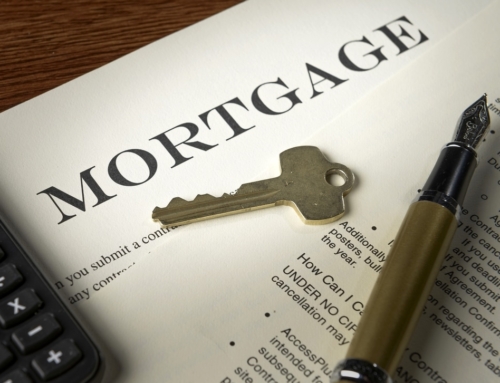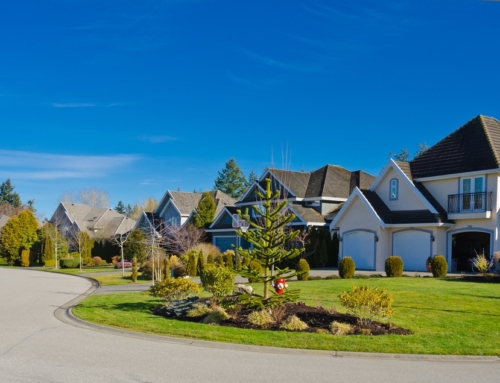How are you going to pay for your house?
Choosing the right mortgage means finding something that’s affordable — but you have to understand the consequences of each type of loan.
Here’s a rundown of the most common mortgage products, and how they might affect your payment on a $300,000 loan.
-Standard 15, 20, or 30-year mortgages, regular principal and interest payments.
Fixed-rate mortgages mean the interest rate is fixed on the loan throughout the loan term, whether that’s 15 or 30 years, or somewhere in between. An adjustable rate mortgage means the interest rate floats up and down, depending on what happens to the benchmark interest rate. A hybrid loan means the loan is fixed for a certain number of years, typically 1 to 7 years, and the converts into an adjustable rate mortgage after that.
Whether your loan carries a fixed-rate or some form of adjustable interest rate, standard mortgages mean you make regular payments of principal and interest each month. At the end of the loan term, the loan is paid off. Standard loans typically run no more than 30 years.
But a new twist on these loans is the re-introduction of the 40-year fully-amortized mortgage. Instead of paying off the loan in 15, 20 or even 30 years, you’ll now have 40 years. In exchange, the payment goes down slightly. Here’s how the numbers work.
If you take out a plain vanilla 30-year fixed-rate mortgage for $300,000, at 6 percent interest, you’ll pay $1,798.65 per month over the life of the loan. But stretch out the mortgage to 40 years, and your payment drops to $1,650.54, a savings of $148.11 per month.
That sounds like a lot, but actually, your interest rate would go up slightly on the 40-year loan, cutting your savings.
But for that small amount you save each month, you get walloped on the interest over the life of the loan.
On the same 30-year, $300,000 loan at 6 percent, you’ll pay $347,515 in interest over the life of the loan. Bump that to a 40-year mortgage, and you’ll pay $492,307 in interest, or an extra $144,792 for those extra 10 years worth of payments.
Some mortgage lenders like 40-year mortgage more than some of the other non-traditional. The way they see it, at least you’re building up some equity each month.
–Interest-only loans
You won’t build up any equity with an interest only loan — at least until the interest-only part of the loan ends. With these loans, you typically pay only the interest that would be owed until the loan converts, usually at the end of 3, 5, 7 or 10 years.
But that’s the tricky part for some borrowers. These loans are typically amortized over 30 years. If the interest-only period lasts for 5, when the loan converts you have just 25 years to pay off the entire loan balance. If the interest only period lasts for 10 years, you’ll have just 20 years to pay off the entire loan balance.
Here’s how it works. Let’s assume you have the same $300,000 loan at 6 percent. Your monthly, interest-only payment is $1,500, because you’re not contributing anything to the principal balance. After 10 years, your interest-only loan converts to a regular principal and interest loan. Your payment will jump to $2,149 per month, or about $650 more than you were paying.
If your income has jumped, then you might be okay, but if it has stayed the same, you might be hard-pressed to come up with the extra cash each month.
–Negative amortization loans
Negative amortization loans are those where the payments you make each month don’t equal what you really owe on the loan. The lender takes the extra amount you don’t pay each month and adds it onto the principal balance of your loan.
These loans sound flexible, and carry names like “option ARMs”; or “pay option” loans. But they may wind up being less flexible than you think.
Here’s how they work: You borrow $300,000 and the going interest rate is 6 percent. But your “option ARM” interest rate is just 1.5 percent for the first 5 years. So instead of paying $1,798.65 each month, you’re only paying perhaps $1,000. The extra amount you would have paid is added to your loan balance. Once your loan balance hits 110 percent of the loan amount you started with, the option ARM converts into a regular principal and interest loan.
Basically, after 5 years, instead of owing $300,000, you’d owe $330,000.
All loan products, even negative amortization loans, can be excellent choices for different reasons. For example, if you’re fixing up a home in order to flip it, you may want to pay as little as possible each month to preserve cash flow. In that case, an option ARM might be a smart move.
But in order to make a smart move, you have to know what you’re getting into — so shop around and ask questions before you sign the loan application.






Leave A Comment